When we were building our home, we needed our office to be sound proof for work reasons. We decided while we were at it, we would sound proof the playroom as well. Good idea, no? We bought a special sound insulation that is pretty amazing, if you ask me. We also put it in the laundry room, between the baby’s room and bathroom, and a few other choice spots. We are sooo glad we did! We can’t even hear the washer or dryer if the door is closed. It is amazing!
Who knew there were so many types of insulation? If you’re building a new home, adding on, remodeling, or simply looking to be more energy efficient, take a look at these insulation basics:
R-Value. When you’re looking for insulation, you will probably come across this term: r-value. It refers to the insulation rating system, based on thermal resistance. The higher the r-value, the more resistant the insulation, the BETTER the insulation.
Fiberglass batting. Used on exterior walls between the wood studs that make up the frame. This is the blanket-like, pink, fluffy stuff you typically think of when you think of insulation. Besides looking like cotton candy, it’s the also great because it is fire-resistant! Insulation of your exterior walls is required by building codes.
Blown-in dry cellulose. Used in the attic. It’s made from recycled shredded newspaper and treated to be fire-resistant. It is blown into the attic using a hose. Other materials that can be blown-in include rockwool, fiberglass and foam (fiberglass and rockwool stay soft, foam hardens)
Wall sheathing. A stiff foam used on exterior walls, often alongside stiff materials like plywood.
Rigid fiberglass. Used in the occasional circumstance when building code requires foundation walls to be insulated. Installed on the outside of the foundation walls.
Rigid foam board. For homes with no basement that are built on a slab. Installed on top of and around the sides of the slab.
Reflective insulation. Made from aluminum foil and some kind of backing like craft paper or cardboard. Installed between roof rafters, floor joists, and wall studs.
Radiant barriers. A layer of reflective insulation that faces an open space like an attic.

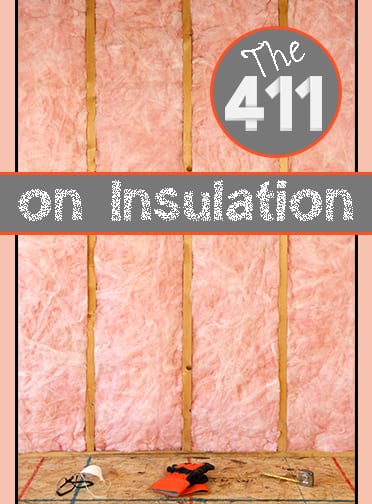
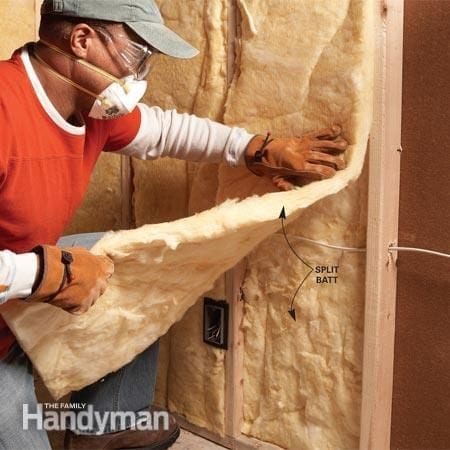
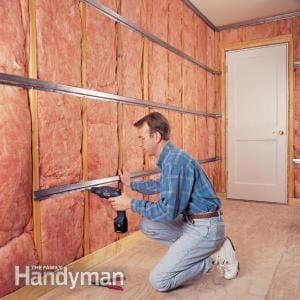
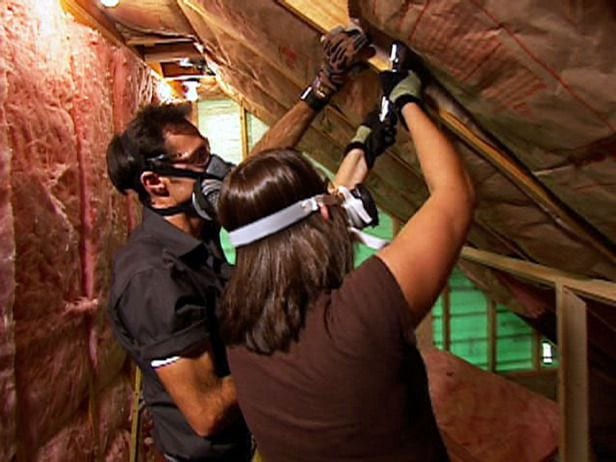
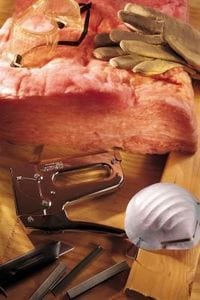
We installed reflective insulation and it has made a sizable dent in our utility bill. So I can vouch that it really does work.If you are looking for a great source in Utah I recommend http://www.radiasource.com/.